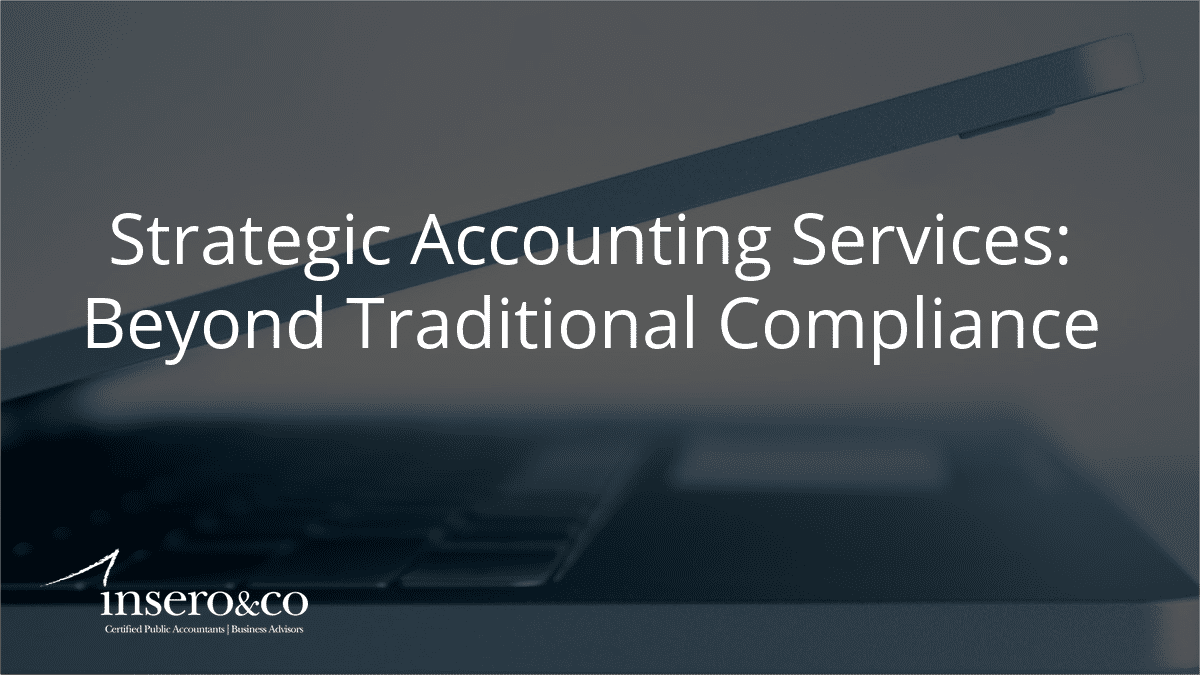Here’s what you need to know about net operating losses starting in 2021
It’s never fun to lose money, but business losses are tax-deductible. Unfortunately, the rules for deducting losses have undergone multiple changes over the past few years, and more changes could be coming. Here’s where things stand now with net operating losses.
Background
If a business’s deductions exceed its income, it has a net operating loss (NOL) for the year.
Example: Brandon earned $80,000 in income from his sole proprietorship business. He had $100,000 in expenses and no other income. His NOL is $20,000.
You’ll owe no income tax the year you have an NOL. But you can also use an NOL to reduce taxes in other years when your business does turn a profit.
Net operating losses for 2018 through 2020
NOLs incurred during 2018 through 2020 can be carried back five years. That is, you can apply an NOL to prior tax years by filing an application for a refund or amending a prior year tax return. This enables you to get a quick refund from the IRS for all or part of the taxes paid in previous years. Any remaining NOL is then carried forward indefinitely until used up. NOLs for these years may offset 100% of taxable income to reduce your tax liability to zero.
Example: Assume that Brandon incurred his $20,000 NOL in 2020. He may carry it back to 2015 to reduce his taxable income for that year and obtain a refund of up to 100% of the tax he paid. If he has any NOL amount remaining, it is applied to his 2016 through 2019 tax years in turn. Any remaining NOL is then applied to 2021 and any number of future years. Alternatively, Brandon could elect to only carry his NOL forward to 2021 and future years.
Net Operating Losses for 2021 and Later
Starting with the 2021 tax year, the NOL rules are much more restrictive:
- You may only deduct NOLs for the current year and any number of future years. You may not carry them back to deduct in prior years and get a refund.
- NOLs for these years may only offset up to 80% of taxable income for any year.
- For 2021 through 2026, NOLs are subject to an annual limit of $262,000 for individual taxpayers and $524,000 for married taxpayers filing jointly. Losses over these amounts must be carried forward.
Example: Assume that Brandon incurred his $20,000 NOL in 2021. He may not carry it back to reduce his taxes for any past years. He may only apply the NOL to 2022 and later, offsetting up to 80% of his taxable income for that year.
Strategies to Deal with New NOL Rules
Since you can’t carry net operating losses back, consider creating more taxable income for the NOL year so you can make immediate use of your loss:
- Convert your traditional IRA to a Roth IRA if your business is a flow-through entity. The conversion amount is taxable income you can offset against your NOL on your personal tax return.
- Take a taxable distribution from your traditional IRA (but only if you don’t have to pay any penalties).
Example: Brandon converts $20,000 from his traditional IRA into a Roth IRA. The $20,000 offsets his $20,000 2021 NOL because these business losses flow to his personal tax return, resulting in zero net taxable income for the year.
Please contact us if you have any questions about a NOL for your business.
As always, we hope you found these insights on net operating losses valuable, and would be happy to discuss them further. Companies focused on growth have sought the help of Insero & Co. for more than 40 years. During that time they have consistently experienced the peace of mind that comes from knowing their CPA firm takes the concept of integrity seriously. Should you have any questions about a net operating losses, please contact us directly.




